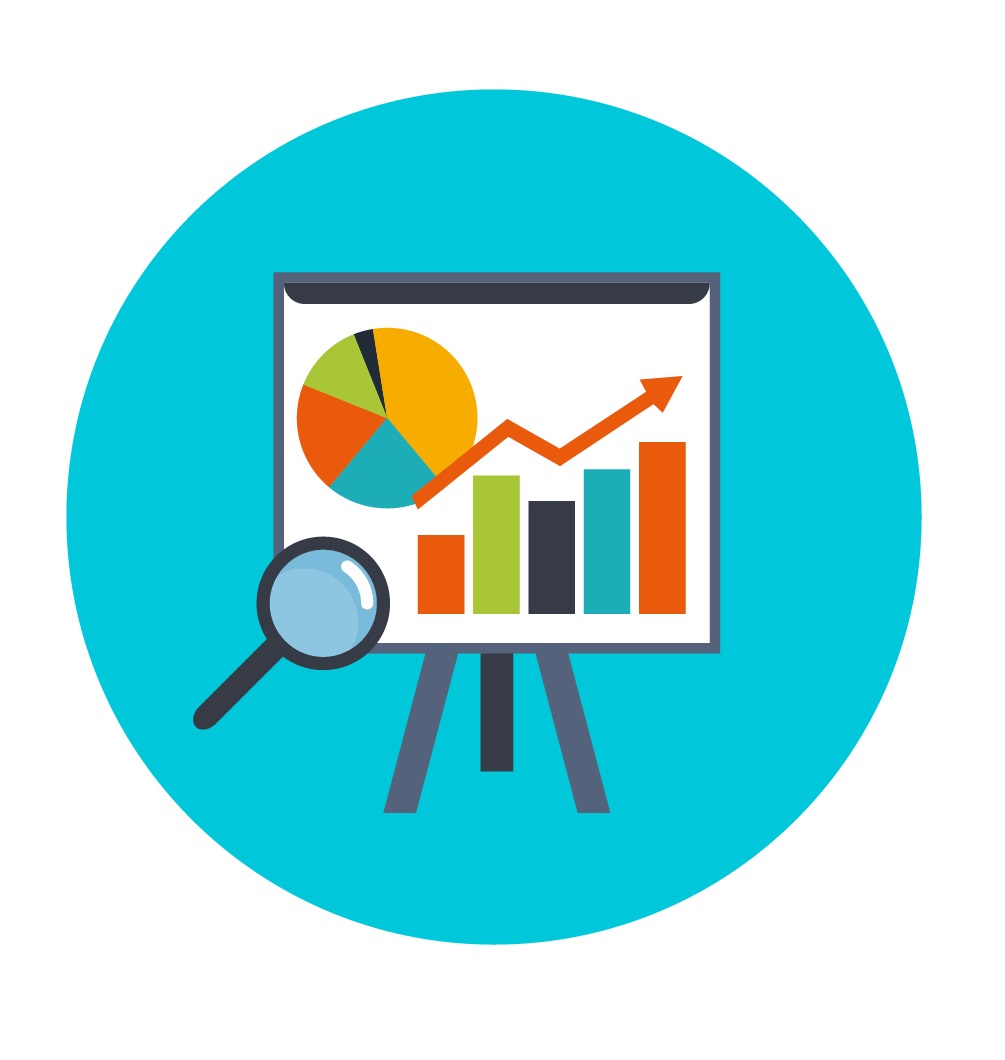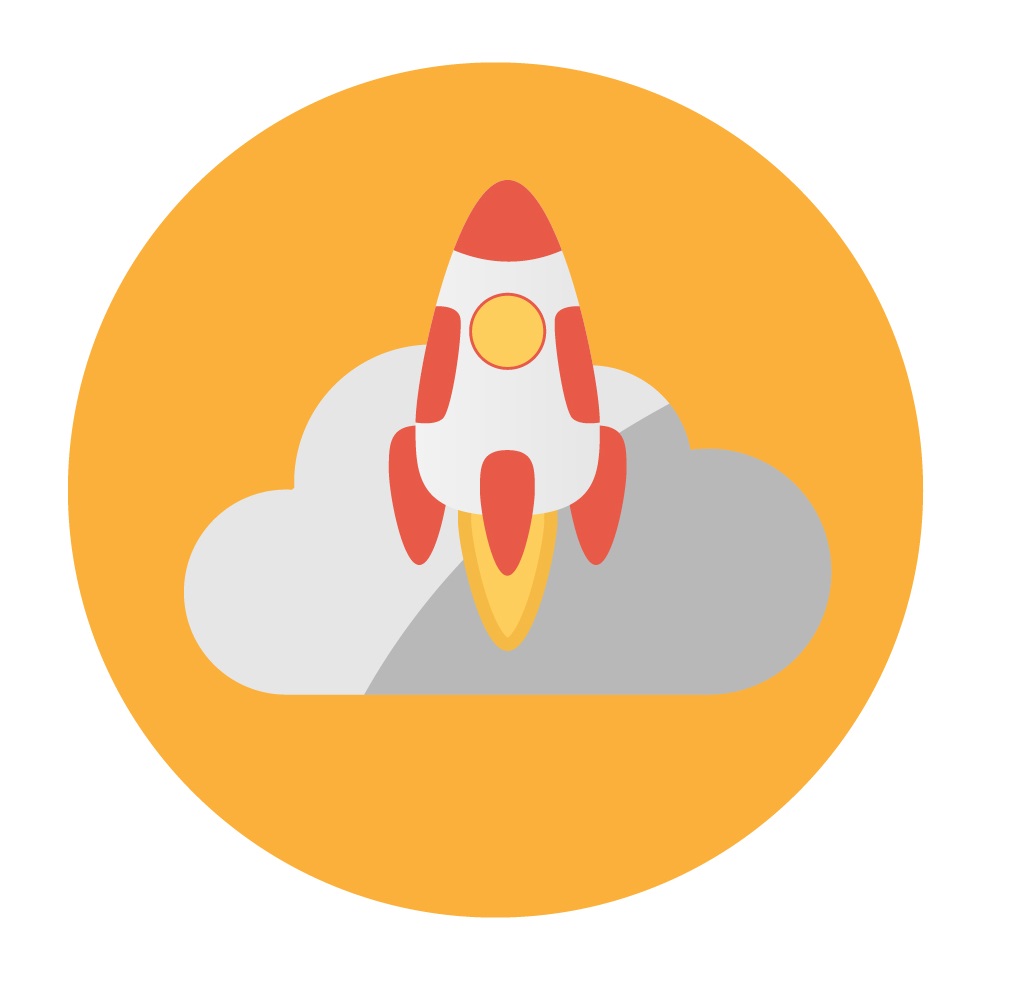You often hear people saying they want to be more diverse and inclusive with their hiring practices. The case for building fairer and more inclusive workplaces is indisputable. We all deserve the opportunity to develop our skills and talents, work in a safe and supportive environment and be fairly rewarded and recognised for our work. But this reality as yet is rarely successfully implemented.
How can an organisation successfully become disability employment friendly? To start with – it has to be evident in all departments and all levels of business, from HR to the cleaning services department.
1. Distinguish Between Diversity and Disability Inclusion
Don’t pay lip service to the catch-phrase of diversity and think that people with disabilities feel recognised. Because they don’t.
Diversity and inclusion are words often used interchangeably, but they have differing definitions. Diversity is about acknowledging the difference. It’s about recognising the value of having a variety of perspectives in decision making and the workforce being representative of its customer base or community.
Inclusion is where people’s differences are respected and used to empower everybody to thrive at work. An inclusive workplace is where everyone feels welcome, their contribution matters, and they can perform to their full potential. A disability-inclusive workplace has fair policies and practices and fosters a diverse range of people to work together successfully.
Companies that stand out in disability inclusion often have company-wide and relevant policies distributed throughout the organisation. Take a look at your hiring practices.
- Do you allow options for people with disabilities?
- What is the language that you use in your job statements?
- Do you use disability and equal opportunity upfront and often in your business materials?
2. Measure Disability
An organisation that doesn’t measure disability doesn’t find it and therefore, doesn’t manage or support it. Measuring disability helps to understand disability employment gaps, and identify and evaluate potential solutions.
- What do you measure – how many people with disabilities?
- The pay gap?
- How many leave due to disability?
- How many people with a disability are involved in decision-making processes? T
- he comparable performance for disability inclusion in your industry?
- And the list continues…
Better yet, commit to setting targets and gathering and publishing statistics on disabled employment rates. Communicate this commitment with your stakeholders and other employees.
3. Develop an Overarching Strategy
To have an inclusive disability employment strategy, initiatives and policies need the board and senior management’s support. Developing this culture of inclusion is a continuous process, not a one-off initiative. Ensure that guidelines and procedures are clear and training is provided to help your line manager respond to diversity. Prioritise collecting and using useful qualitative data to identify barriers and solutions to disability employment. Make sure you have flexible and inclusive job descriptions.
4. Invest in Learning and Development
Build diversity and inclusion concepts and practices into staff training courses, management training and team building programs to increase awareness. Consider doing lunch and learn sessions about various aspects of disability employment inclusion to help people appreciate the difference.
5. Communicate Constructive Examples of Inclusion
Every business has the room to become more inclusive. Ways to improve include developing an open culture with good communication and sharing of positive instances of inclusion.
One of the best ways to normalise inclusion is by sharing positive case studies. There are plenty of resources available from toolkits, education webinars and case studies to reference in your attempts to disseminate and integrate equality, inclusion and diversity in the workplace. Utilise different and accessible methods such as newsletters, notice boards and intranets to keep people up to date with diversity policies and practices.
6. Prioritise Closing the Pay Gap
It may be shocking to know, but people with disabilities get thwarted by a pay gap as well as an employment gap. And it’s greatest among those with a master’s degree or above, where they earn close to $21,000 a year less than people without disabilities but who have a similar education level.
7. Consult with the People who Matter
If you are struggling to put disability and inclusion on the agenda, talk with the people who potentially are affected. The people with disabilities, carers, family and support workers. They will give you a broad range of the issues, challenges and possible solutions to overcome. Collaborate on initiatives with other organisations that are excelling in the area.
Disabled people experience disadvantage relative to their non-disabled counterparts across various workplace outcomes, including earnings, career progression and job satisfaction. This is important because it’s the main contributor to the disability employment gap, with dissatisfied people leaving the workforce and being discouraged from returning.
As people, we all deserve the opportunity to work and be fairly rewarded and recognised for that work. But this is not yet a reality for people with disabilities. It is time to change the tide and become more diverse and inclusive in hiring people who represent your customer base and community.



0 Comments